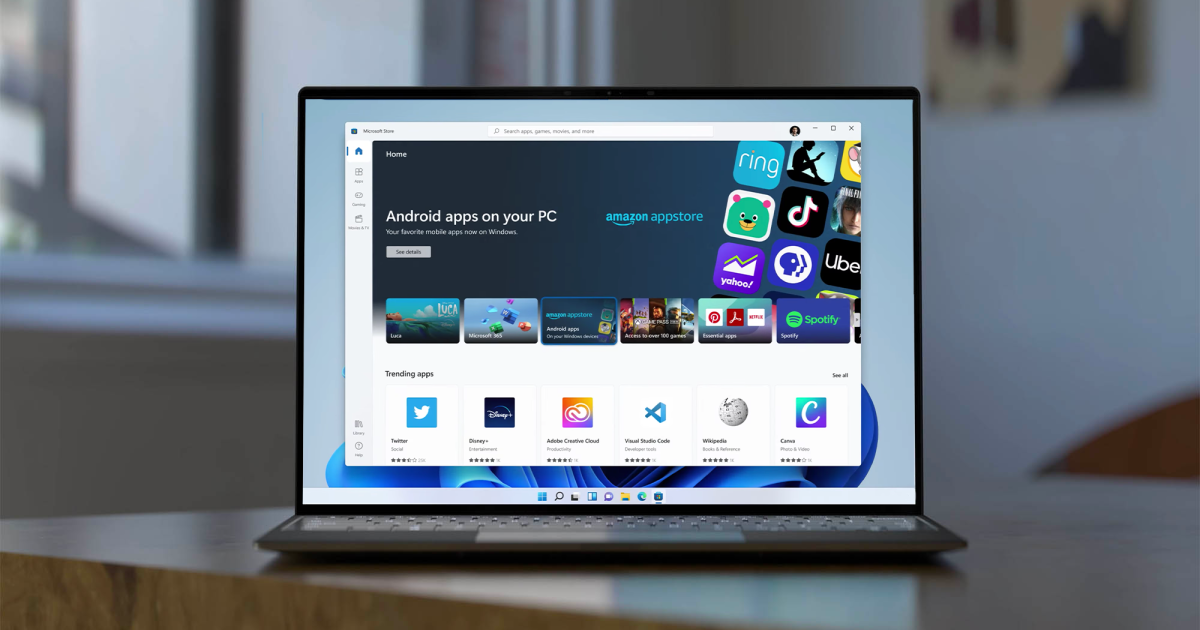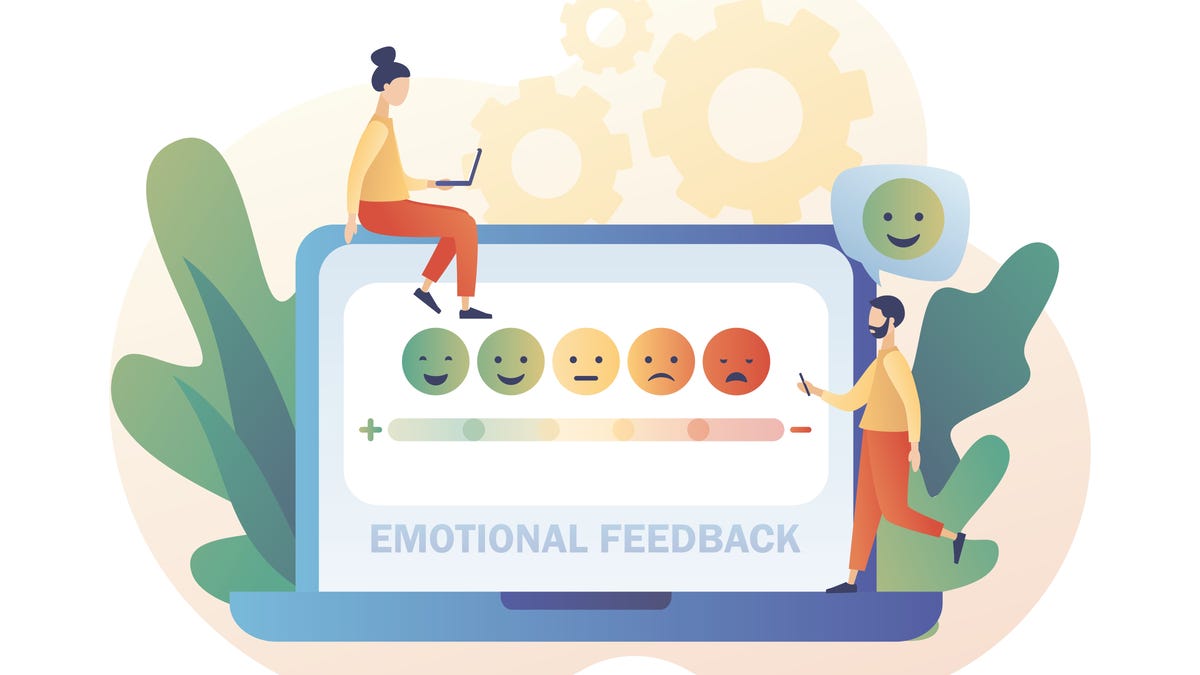Dr. Adrienne Boissy is the chief medical officer at Qualtrics, a staff neurologist, and a former chief experience officer at the Cleveland Clinic. A TED speaker and healthcare industry pioneer, Dr. Boissy advocates for empathy operationalized to design systems that deliver human-centered care.
As a practicing neurologist, I am curious about how the brain adapts to stress. Forty-seven percent of healthcare staff will leave the industry in the next two years. Across all industries, employees struggle with a lack of job satisfaction, well-being, incivility, and burnout. These are not just buzzwords. They’re challenges plaguing the workforce.
Studies show being treated with respect, work-life balance, and growth and development are all key drivers for a positive employee experience. Leaders have the opportunity to support their staff by uncovering and identifying specific drivers of joy and pain and bringing empathy to life in meaningful ways.
Investing in people; powered by technology
So, how can leaders show up for these individuals? It starts with intentional listening—many of us are not as effective as we think. Investing in listening and experience management technology allows organizations to hear through every channel, analyze emotion and effort, and solicit feedback. The technology can also combine experience data with operational and financial performance, determine key drivers of loyalty and trust, proactively identify pain points, and leverage gratitude at scale.
Investing in technology to promote well-being may sound strange, but our workforce is in crisis. Effective technology aims to help complete a task, scale relationships, make lives easier (create joy), and provide meaningful insights and results.
However, listening is not enough. The key to enacting lasting, meaningful change is acting on the individual, team, and organizational data. Creating new or updating programs may feel daunting, yet they are powerful ways to put mental health at the forefront of your organization.
Unleash gratitude with employee recognition programs
Gratitude and recognition matter most when they are unexpected, personal, and specific. Great examples are writing a letter of appreciation to the family of a new employee upon hire, welcoming them to the organizational family, or surprising employees with a video about the impact they had on a client or customer. Certainly, you can ask how people prefer to be recognized and then honor their preference, but that’s doing what they expect. Think about tapping into all the senses to make it memorable:
- Write a handwritten note
- Have the team make a video tribute
- Have the CEO stop by
Also, don’t skip the basics of remembering birthdays and work anniversaries. Instead, dial it all up and recognize employees going above and beyond with a unique gratitude program.
Foster inclusive environments
For those in underrepresented groups—women, minorities, and those with different abilities—their experiences and well-being can look different due to unique lived experiences. Inclusion is critical for a positive working culture and often requires different listening strategies. For example, research shows women are at the highest risk for work-induced burnout and attrition, with 42% reporting being often or almost always burnt out.
Start by looking at the demographics of your leadership teams—are they diverse and inclusive? If you’re unsure where to start, send out an anonymous survey to ask and dig into common themes. Then, based on what you hear, stand up and support employee resource groups with funding and executive sponsors. Investing in diversity, equity, inclusion, and belonging efforts to reduce instances of harassment, stereotyping, and racial discrimination is a must-do for a culture wherein people can thrive.
Implement programs to support lives, not just work
Empathy means working harder to meet employees where they are. That might mean providing childcare, free mental health services, financial counseling, and more expansive well-being benefits for employees and their families. Implementing a remote/hybrid work model and framing the parameters around remote/hybrid work to avoid an always-on mentality could be key. Prioritize approaches by listening to what efforts offer the most value and to whom.
Crowdsource ideas
No one knows employees better than themselves. Technology dashboards can provide a picture of pain and joy for employees. Most leaders feel the weight of designing action plans. Instead, engage employees, customers, and your communities in design sessions and brainstorming for improved team well-being. Hosting virtual or in-person hack-a-thons to generate solutions to a particular problem, creating friendly competition for the best ideas, or using platforms that allow team voting on interventions most impactful for well-being. Solving these complex problems is on all of us, and how we solve them also matters.
Lead with empathy
Today’s leaders need enhanced skill sets, including listening to emotion while managing their own, acknowledging the range of emotions that exist in complex organizations, telling stories that reflect their vulnerability, and modeling empathy and practical boundary setting at the same time. The ability to operationalize empathy, which involves moving empathy from a value on a wall to baking emotionally responsive solutions into an organization’s workflows and operations, defines a workplace culture. And the leaders are the culture carriers.
Today, leaders must invest in technology that highlights employees’ joy and pain and take tactical steps to address mental health and well-being, ultimately increasing employee satisfaction and retention and optimizing trust and value-based care performance in healthcare. Empathy at scale matters because nearly every business right now is in the business of caring for the health of its people—and investing in more human(e) experiences might be the prescription we all need.









